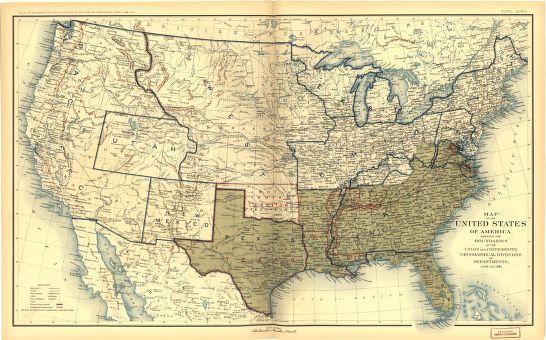 Confederate reinforcements are pouring into Fredericksburg, Virginia, positioning themselves across the Rappahannock River from Union forces in Falmouth. The city has largely been deserted by civilians. Anticipation hangs thick in the air, as a clash between the two forces is only a matter of time.
Confederate reinforcements are pouring into Fredericksburg, Virginia, positioning themselves across the Rappahannock River from Union forces in Falmouth. The city has largely been deserted by civilians. Anticipation hangs thick in the air, as a clash between the two forces is only a matter of time.
Today, according to one eyewitness account (although disputed by some historians), Gen. Thomas “Stonewall” Jackson rides into town and surveys the situation. Sitting upon his horse near the Presbyterian church at the corner of Princess Anne and George streets, he contemplates strategies for defending the city from the inevitable Union onslaught.
Meanwhile, far to the North, the First Baptist Church of Eau Claire, Wisconsin–less than a year old–bids their pastor goodbye. Asa B. Green departs to serve as chaplain of the Thirtieth Wisconsin Infantry. In the months and years following, Green and his regiment serve in the Mid-West and West, not engaging in any major battle. In late 1864, some units are deployed to Louisville, Kentucky and surrounding environs, tasked with defending the area from Confederate guerrilla action. The regiment is mustered out of service in September, 1865.
Chaplain Green’s service thus proves to be much different than many Civil War chaplains whose regiments suffer many deaths in major battlefield action (such as during the looming Battle of Fredericksburg). Yet like other chaplains, his presence helps maintain morale within the ranks, even as his absence from the pulpit brings challenges to his former church. In the case of First Baptist Eau Claire, nearly a year passes from Green’s departure before they call another pastor.
Sources: Timothy S. Sedore, An Illustrated Guide to Confederate Monuments, Southern Illinois University, 2011, p. 118 (link); Annual Report of the Adjutant General of the State of Wisconsin, Madison: William J. Park, 1863, p. 109 (link); “30th Wisconsin Volunteer Infantry Regiment” (link)


